Understand
Harar, a historic city in Ethiopia, has served as a vital trading center for centuries. Its strategic location on trade routes has facilitated commerce with other parts of Ethiopia, the Horn of Africa, the Arabian Peninsula, and even international ports. Harar is part of the famous Ethiopia Eastern Tourism Circuit, which includes attractions like Awash National Park and the Babile Elephant Sanctuary. Visitors can also explore Kondudo Mountain, home to the Gursum Pearl Cave and Prison House of Lij Eyasu. If you're looking for reasonably priced service providers to assist in your journey, Ecotravel Ethiopia (+251 (0) 911-440-915) is an excellent option. Notably, Harar Jugol, the old walled city of Harar, is a UNESCO World Heritage site since 2006, recognized for its rich cultural heritage. It holds significant importance as the fourth holiest city in Islam, boasting 82 mosques, some dating back to the 10th century, along with 102 shrines. Embark on a journey to Harar and immerse yourself in its fascinating history and vibrant culture.
Map & Climate
Popular Foods
 Injera is a sourdough flatbread that serves as a staple food in Ethiopian cuisine. It's made from teff flour, a tiny grain that's high in nutrition, and has a distinctive tangy flavor. Injera is typically prepared by fermenting the dough for several days before cooking it on a clay pan until it forms a slightly spongy, porous texture.
Injera is a sourdough flatbread that serves as a staple food in Ethiopian cuisine. It's made from teff flour, a tiny grain that's high in nutrition, and has a distinctive tangy flavor. Injera is typically prepared by fermenting the dough for several days before cooking it on a clay pan until it forms a slightly spongy, porous texture. 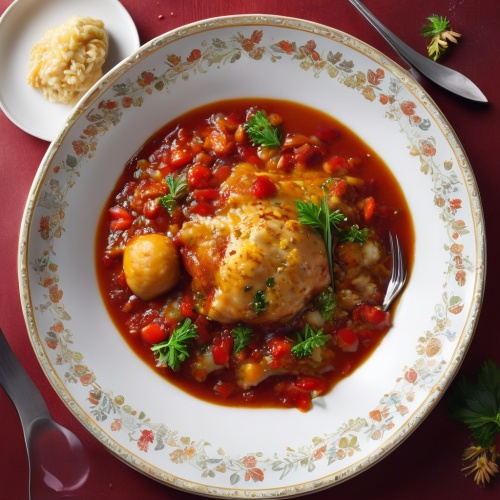 Doro wat is a spicy chicken stew that is widely enjoyed in Ethiopia. It consists of tender pieces of chicken simmered in a rich, red sauce made from berbere spice blend, onions, garlic, and various other spices. Nuggets of ghee (clarified butter) float on the surface, adding a depth of flavor and a hint of richness to this dish.
Doro wat is a spicy chicken stew that is widely enjoyed in Ethiopia. It consists of tender pieces of chicken simmered in a rich, red sauce made from berbere spice blend, onions, garlic, and various other spices. Nuggets of ghee (clarified butter) float on the surface, adding a depth of flavor and a hint of richness to this dish. 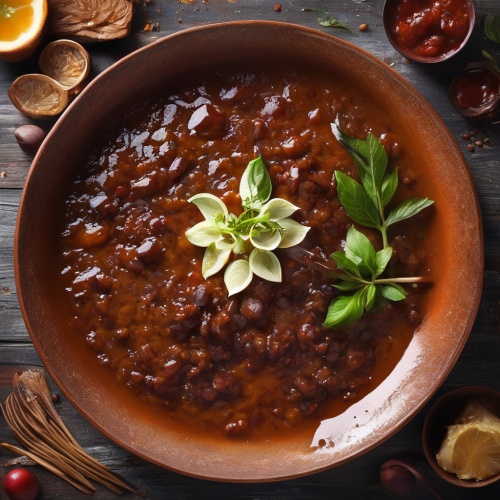 Misir wat is a popular vegetarian dish in Ethiopian cuisine, consisting of reddish lentils simmered in a savory, mildly spiced gravy. It is made using berbere spice blend, onions, garlic, and other aromatic ingredients. The lentils are cooked until they're tender and blended with the sauce, creating a thick, hearty stew.
Misir wat is a popular vegetarian dish in Ethiopian cuisine, consisting of reddish lentils simmered in a savory, mildly spiced gravy. It is made using berbere spice blend, onions, garlic, and other aromatic ingredients. The lentils are cooked until they're tender and blended with the sauce, creating a thick, hearty stew. 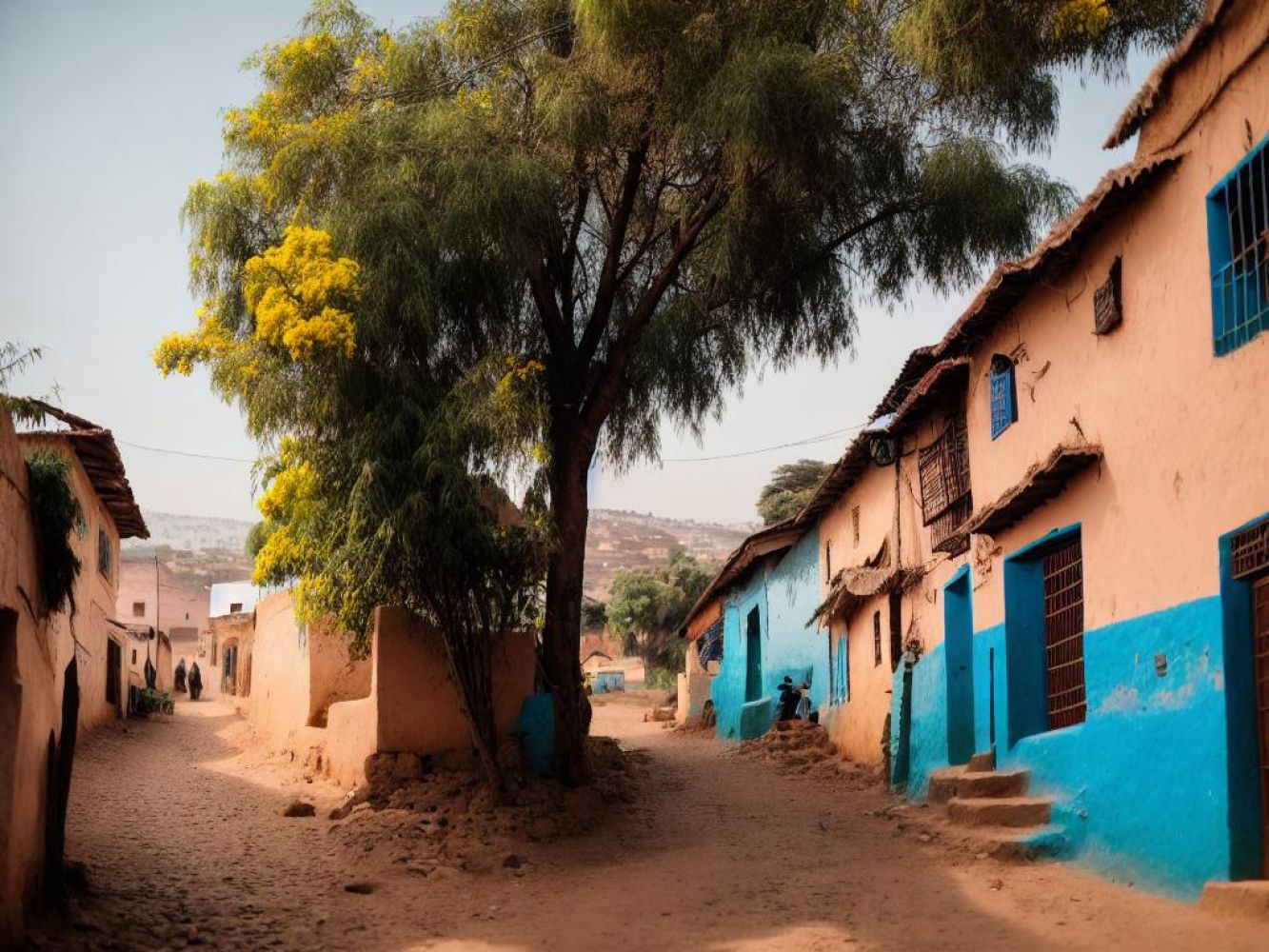

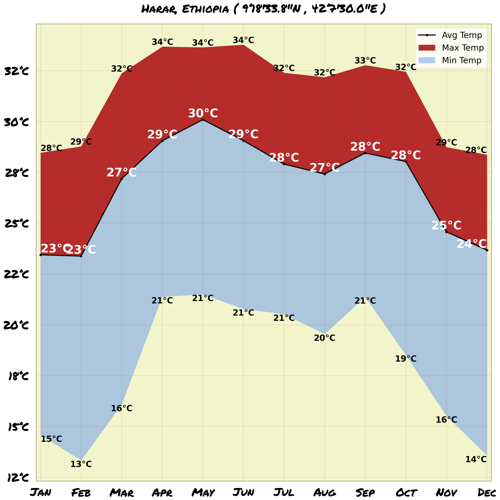
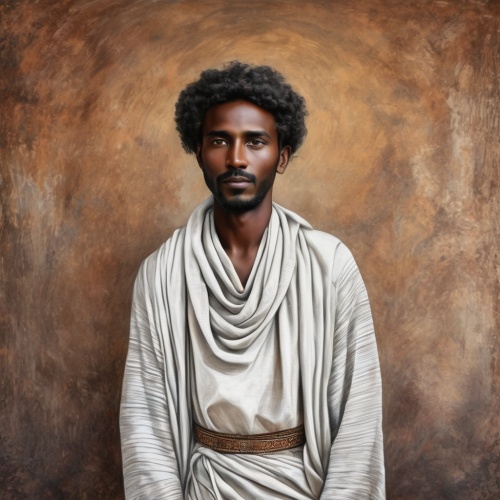
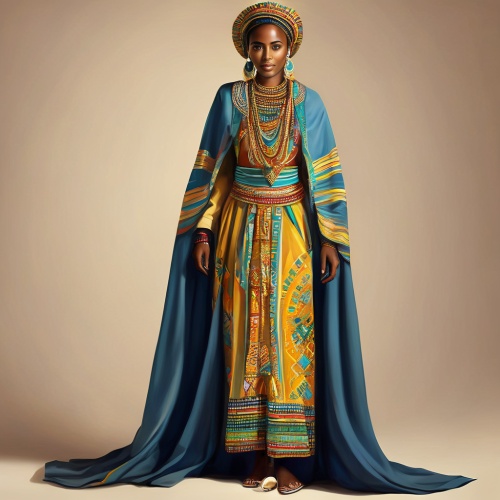
Comments
NO COMMENTS